GEORGE TOWN, CAYMAN ISLANDS – On the western end of Grand Cayman island, there is a lengthy coral-sand beach known as Seven Mile Beach. Travelers from all over the world come to this part of Grand Cayman, renowned for it’s scenic splendor. Seven Mile Beach was named “The Caribbean’s Best Beach” by Caribbean Travel and Life Magazine in 2015.
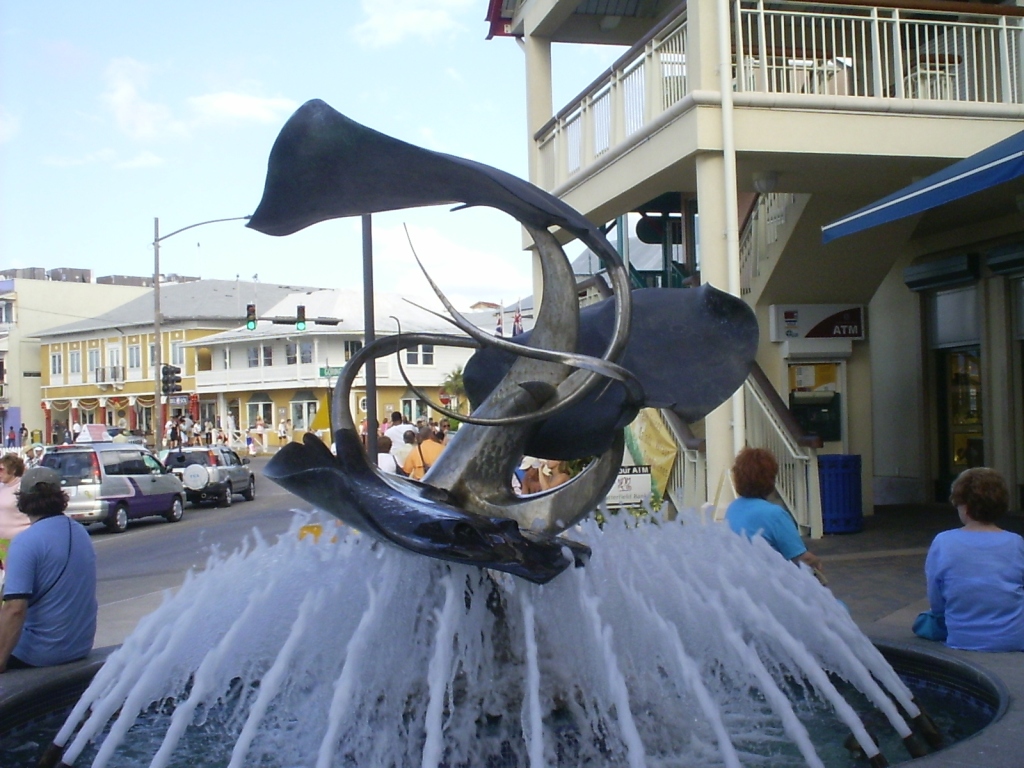

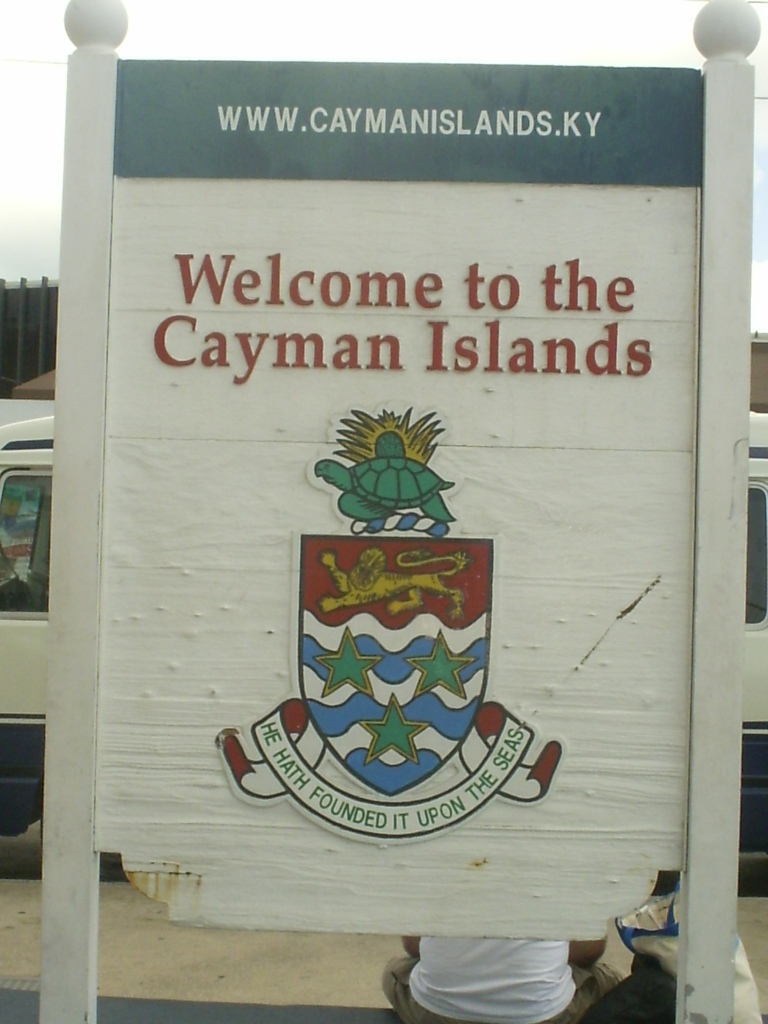
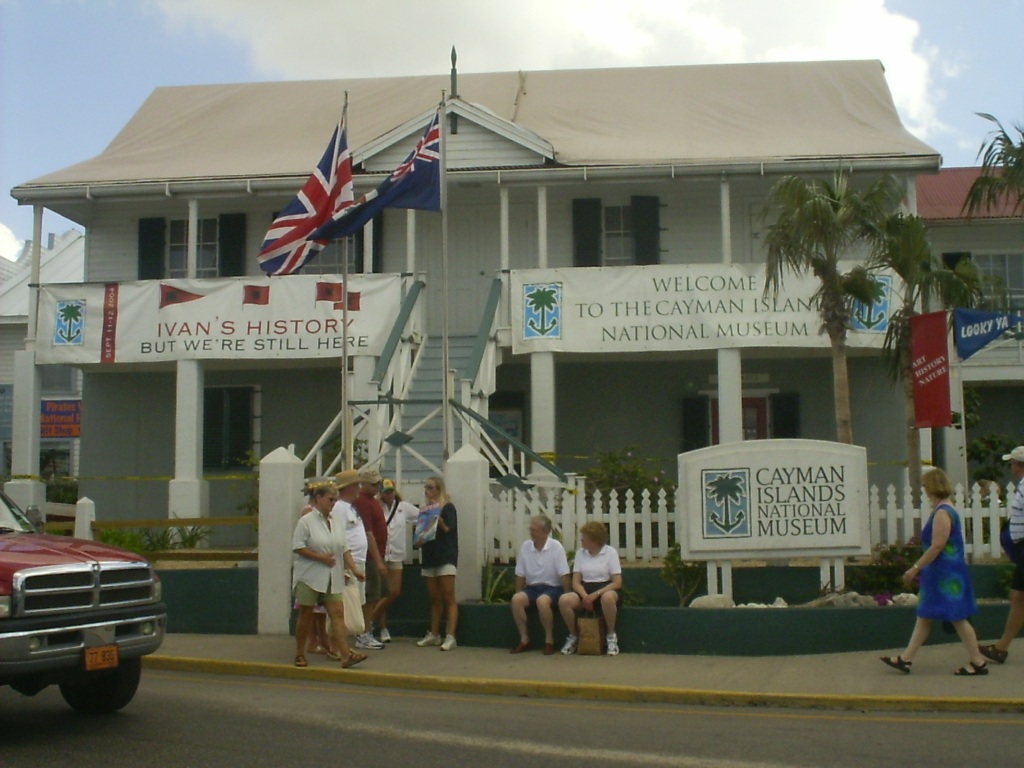
A motley crew of buccaneers, beachcombers, shipwrecked sailors, and the rollicking Sir Henry Morgan – the famous 17th century pirate – first settled Grand Cayman in the 1600s. The early settlers either killed each other, left for other shores, or dissapeared into the Caribbean woodwork. In the 1700s, a group of God-fearing Scotsmen settled the island.
Today, the Cayman Islands is a British Crown Colony that has established a worldwide reputation for discreet offshore banking. In fact, over 500 major international banks have charters here, Caymanians, who historically have a blend of cutthroat competitiveness and temperance, have the perfect temperaments for banking.
But the Caymans are not only where people go to hide their money. Among Grand Cayman’s most beautiful treasures are its gorgeous coral reefs with steep walls that plunge thousands of feet to the bottom of the dark Cayman Trench.
The Cayman Islands consist of three islands: Cayman Brac, Little Cayman and Grand Cayman, where the capital city, George Town is located. Grand Cayman is 480 miles due south of Miami, and it is 22 miles long and 8 miles wide.
The flat island is distinctly clean and slow-paced, making it a perfect environment for relaxing vacations. One of Grand Cayman’s most famous attractions is Seven Mile Beach. Although it is actually only five and a half limes long, it is considered one of the most beautiful beaches in te Caribbean.
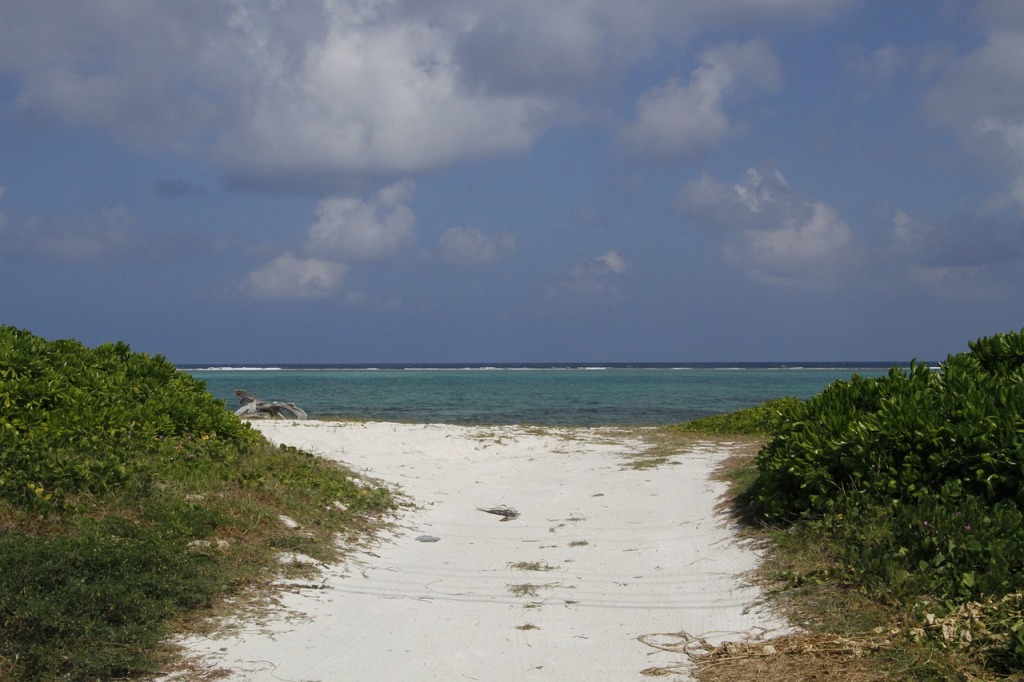
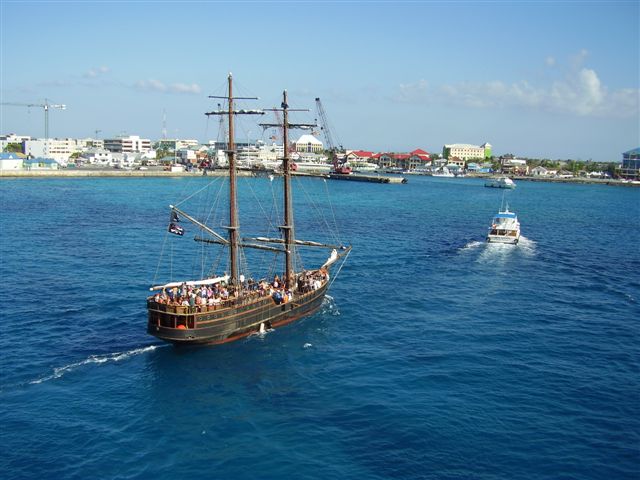
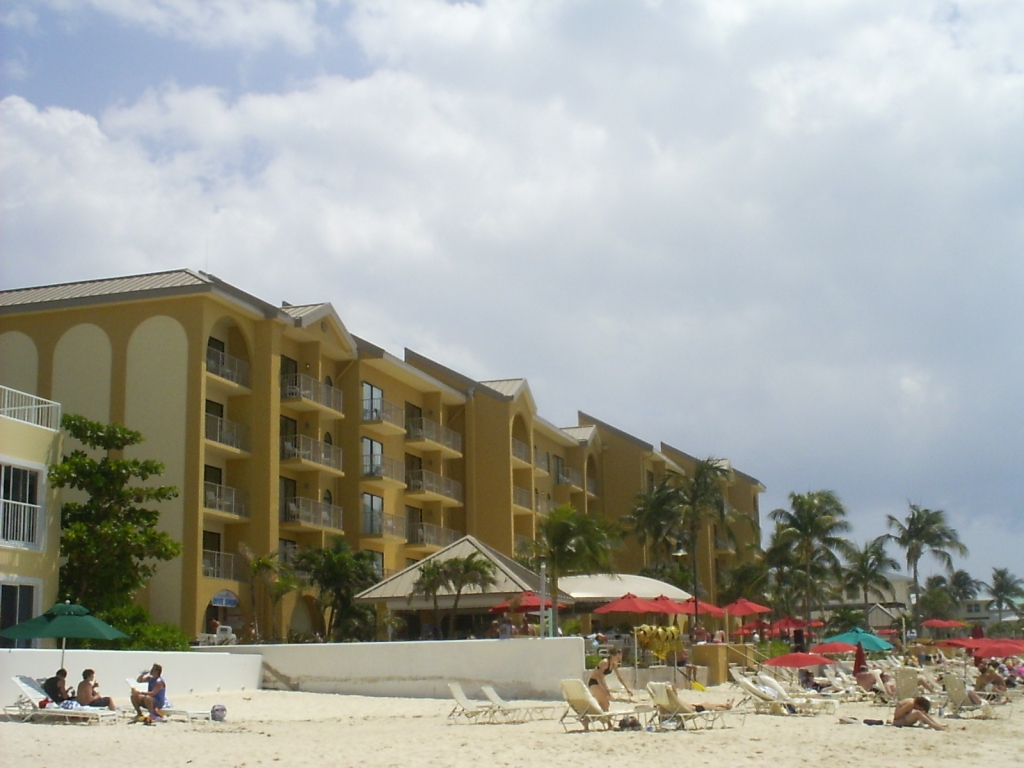
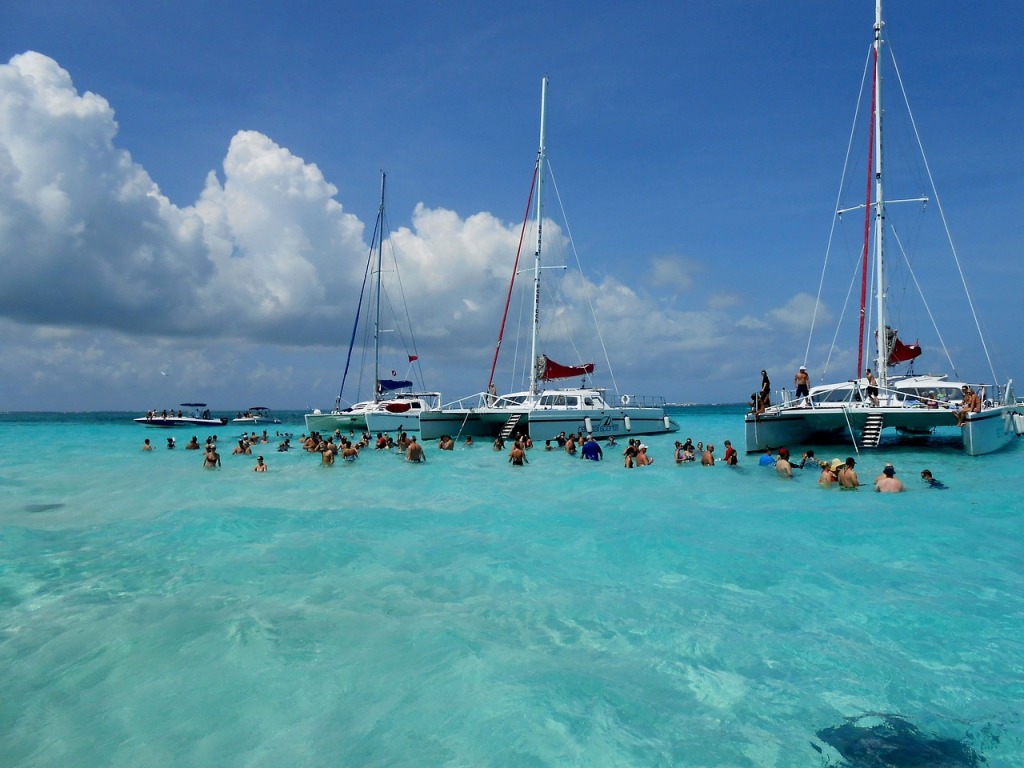
The island’s interior isn’t suitable for much farming, so residents turned to the sea for their livelihood. Gran Cayman therefore, was never a large plantation island, so slavery was never widespread here. That may explain why the different races melded so well without the harsh oppression and discrimination that occured in many island countries.
Recreational scuba diving was invented on Grand Cayman in 1957, and it has become the Island’s #1 tourist activity. The Caymans goverment maintains over 200moorings to mark the many dive sites, which any serious scuba diver would want to include in their logbook.
The water around Grand Cayman is almost always calm, and it’s warm enough year-round to dive without a wet suit. Most importantly, the water often has 100-foot visibility.
Stingray City is considered the best diving and snorkeling site in the Caymans. At a depth of 12 feet, divers can see spotted eagle rays, flying gurnards, and sea turtles. The stingrays, which grow as big as 6 feet in width, look like stealth bombers hugging the sandy bottom.They are so accustomed to divers feeding them that they will come right up to you and eat out of your hand.
Stingray City is also one of the most photographed underwater sites in the world. Professional photographers are always around to take your pictureas you feed one of the spooky-looking black rays.
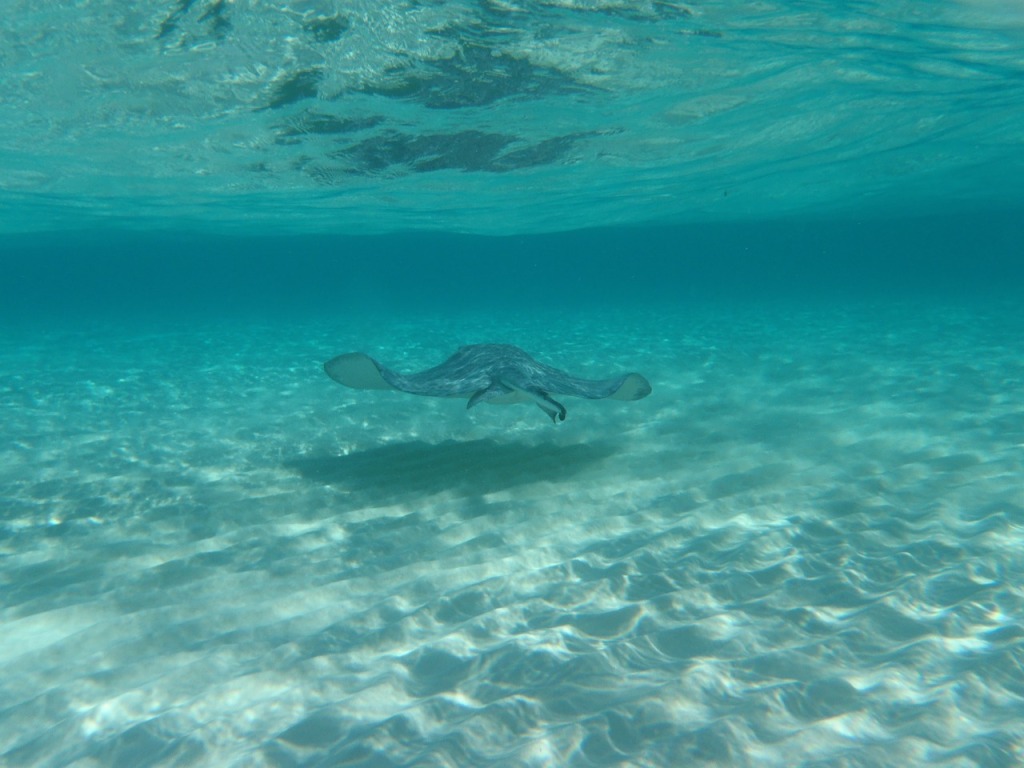
Grand Cayman is also noted for its breathtaking wall dives. It is surrounded by four steep walls that are covered with healthy coral, where you can view schools of fish, including tarpon, yellow frogfish, and orange sea horses. Wall diving in crystal clearwater gives you the feeling of floating in a balloon above an endless wall of color that disappears into an inky black abyss.
The abyss, which is known as the Cayman Trench, descends 24000 feet to the deepest part of the Caribbean.
Even if you are not a diver, you can still enjoy the marine life on Grand Cayman. Game fishing is a favourite pastime of natives, everyone from cab drivers to waiters will tell you about their exploits fishing for marlin, tarpon and yellowfin tuna in the waters around Grand Cayman. And for those who want to see this undersea world without getting wet or working up a sweat, there are a number of glass-bottom boats and submarine charters that allow you to get up close and personal.
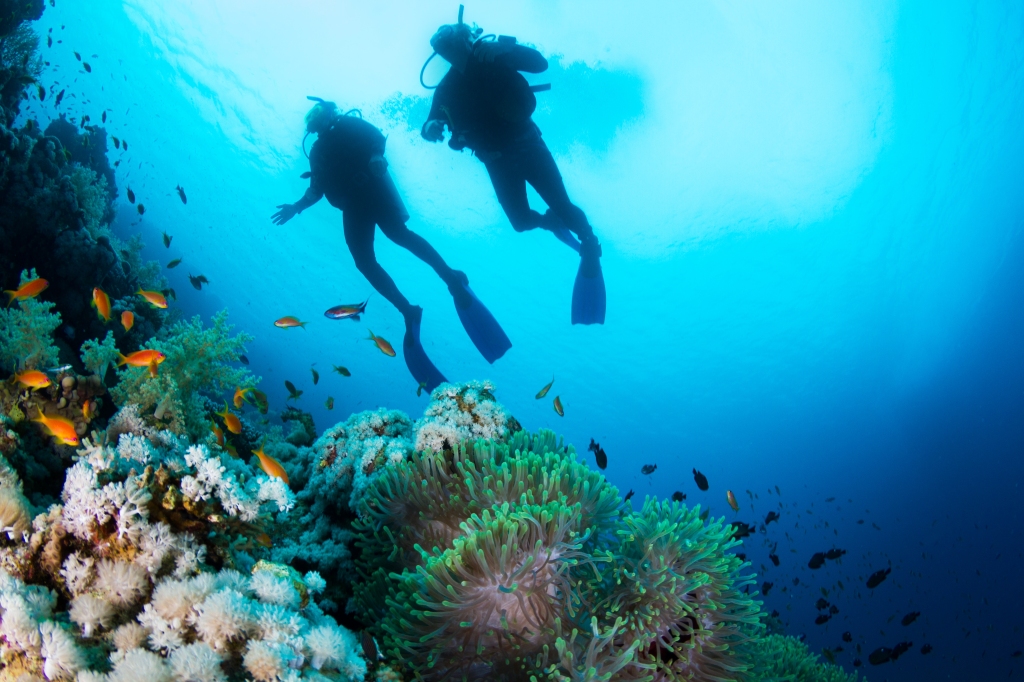
The center of Grand Cayman is actually a large mangrove swamp where crocodiles used to live. In fact, in the 19800s, crocodile hunting was one of the favourite pastimes of the island’s early residents. Today the interior is the home of the Queen Elisabeth II Botanic Park, a 65-acre showcase with dozens of species of orchids, mahagony , white birch and ironwood trees. In this tropical setting, you can also see the Grand Cayman blue iguana and parrot.
Grand Cayman resorts have been enhancing their live-sports facilities over the past 10 years. There is an 18-hole golf course and a 9-hole Cayman ball course at Hyatt Regency’s Britannia Golf Club. Designed by Jack Nicklaus, the Cayman Ball is specially designed to travel about half the distance of a regular golf ball, allowing you to play all the clubs in your bag on an executive level course.
Tennis is also becoming more popular here. A number of resorts have full-service tennis centers with lighted courts for night play.

After working up an appetite with a vigorious game of singles, you can choose from George Town’s 120 restaurants, which fit the various dining needs of the island’s visiting sportsmen and bankers. The specialities are seafood, of course including snapper, dolphin, tuna and wahoo.
To walk off your meal, you can go shopping for a wide range of duty free items, such as linens, crystal, jewelry, and local art, at stores with shopkeepers who show the classic British reserve.
Despite its pirate past, Grand Cayman is not a place for late nightlife. The only exception is during Pirates Week in Octomber, when islanders let their hair down and celebrate their buccaneer heritagewith costume parties, treasure hunts and street fairs.
You may not find any gold or pieces of eight, but you are sure to find a good time in the Caymans.
Promotion:



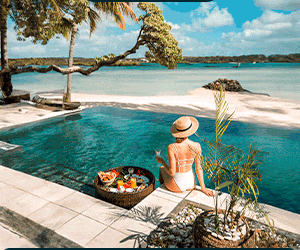


Keywords: @Grandcayman @Cayman islands #bookinghotelincayman #booking hotel in #booking
Other simiar stories:

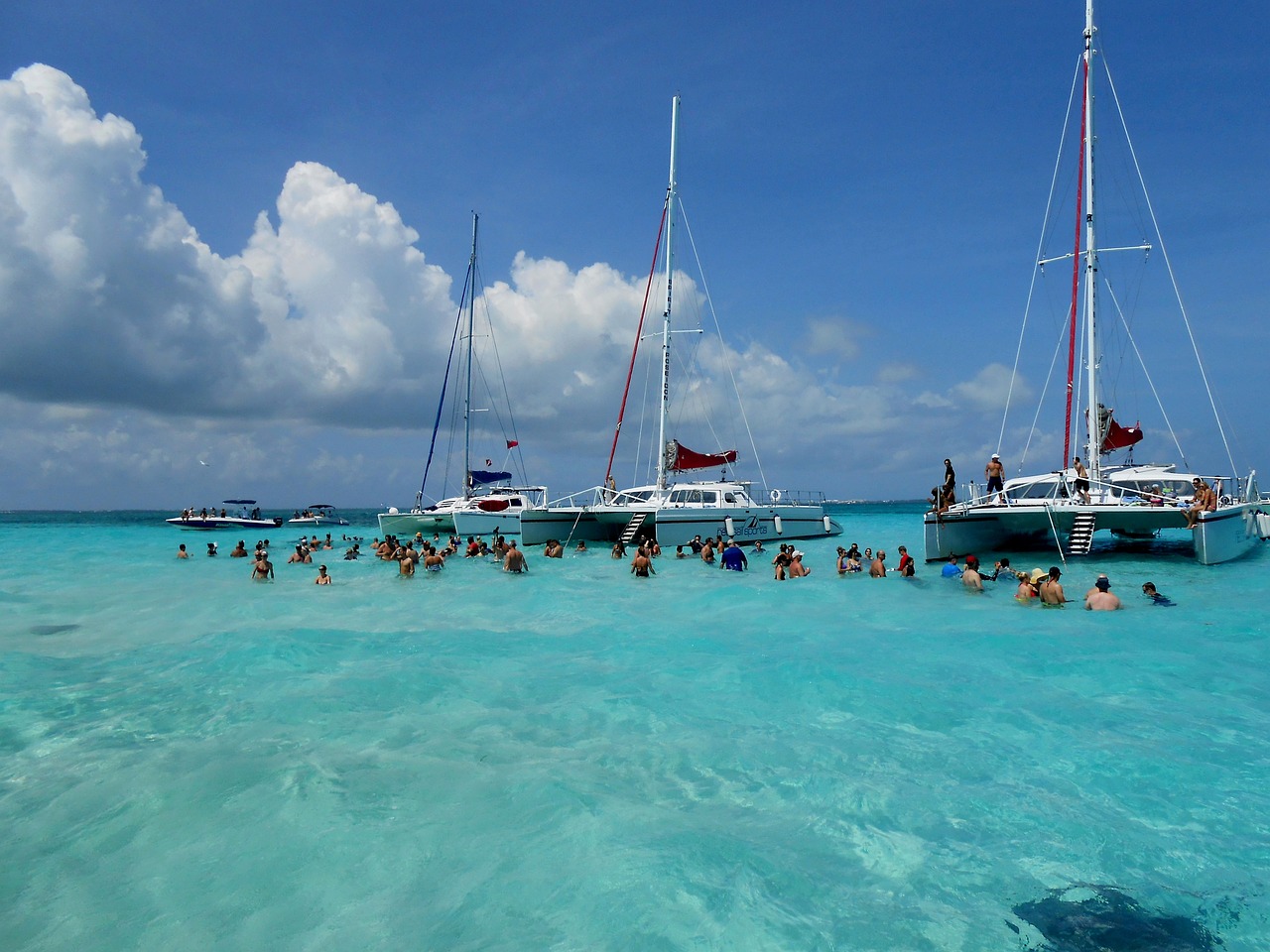



Beautiful beach ! Excellent photos and description well shared 💐
LikeLike
24000’ deep trench… wow! Do you know if crocs still live in the mangrove swamp?
LikeLiked by 1 person
I did some research on the topic crocs and mangrove swamps in St Lucia and found that Eighteen mangroves sites have been identified in Santa Lucia and not a single croc. As for the American crocs presence, however, officially, they exist on the Caribbean islands but St lucia is not listed. Im attaching the links with a list of all animals related to St lucia natural habitats.
https://animalia.bio/saint-lucia-animals
https://animalia.bio/american-crocodile
LikeLiked by 1 person
Awww…! That was nice… I just thought you might know off the top of your head, didn’t mean for you to have to do research… but TY, very interesting and cool! 😎
LikeLike
My pleasure, thank you on your reply!
LikeLike